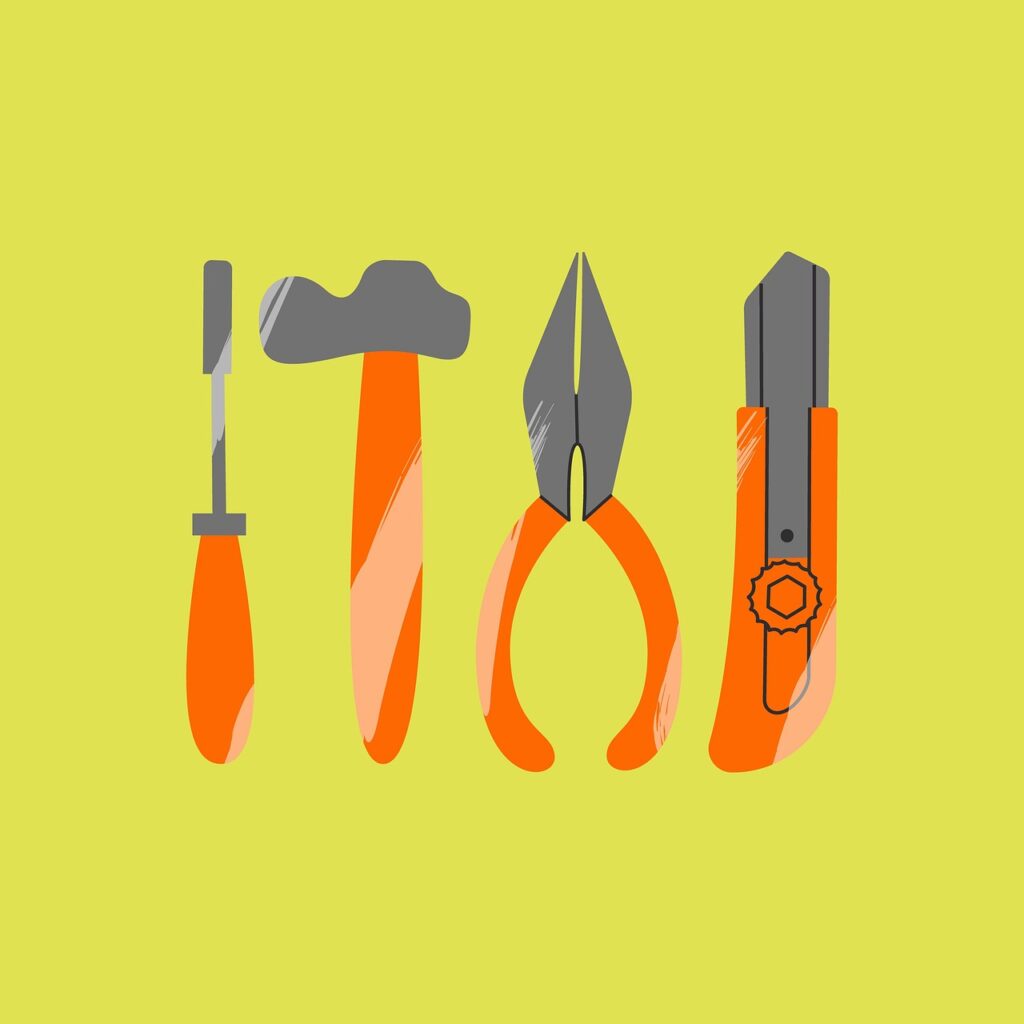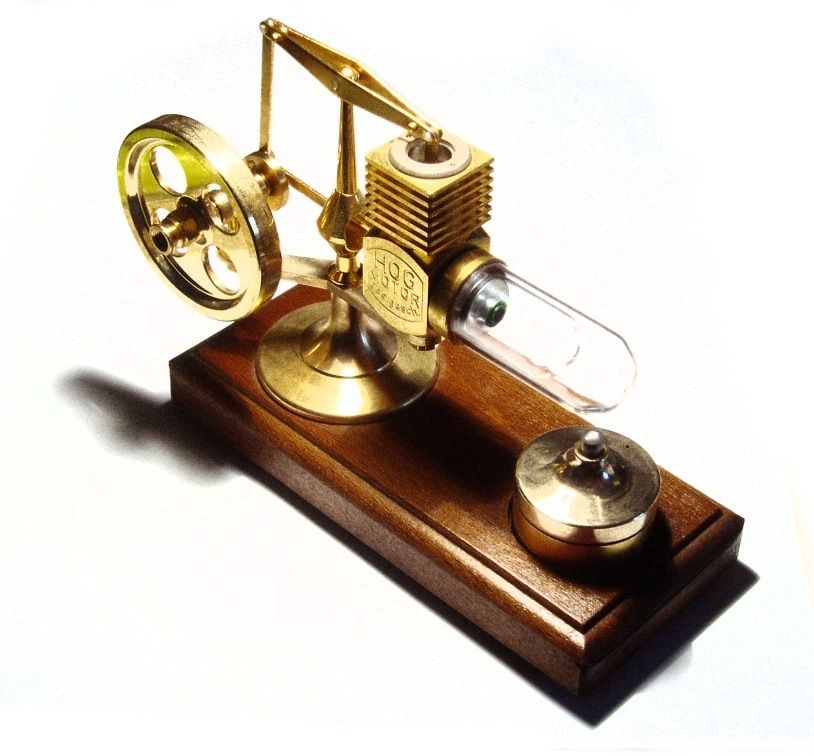
Rust. It’s a word that strikes fear into the heart of any car owner, a relentless adversary that silently chips away at your vehicle’s lifespan and significantly reduces its worth. This isn’t just about a few unsightly spots; left unchecked, rust can compromise the structural integrity of your car, leading to expensive repairs and potentially unsafe driving conditions. Every driver, every car owner, needs a clear, actionable strategy to fight this pervasive problem, maintaining both the health and the aesthetic appeal of their cherished vehicle.
This comprehensive car care guide is meticulously designed to equip you with thorough and accurate information on detecting and treating rust before it spirals into a major headache. We’re going to delve into the fundamental science behind corrosion, pinpoint the most vulnerable areas on your vehicle, and arm you with practical, step-by-step methods for prevention and early intervention. Think of this as your essential roadmap to keeping your car looking great and performing safely for years to come, turning you into a proactive guardian against the elements.
Our aim is to empower you to keep your prized possession looking great and structurally sound. By understanding the inner workings of rust prevention and removal, you’ll be able to identify issues at their earliest stages and implement effective solutions, ensuring your vehicle remains a source of pride rather than a source of worry. Let’s get started on the crucial journey of protecting your investment from the silent threat of corrosion.
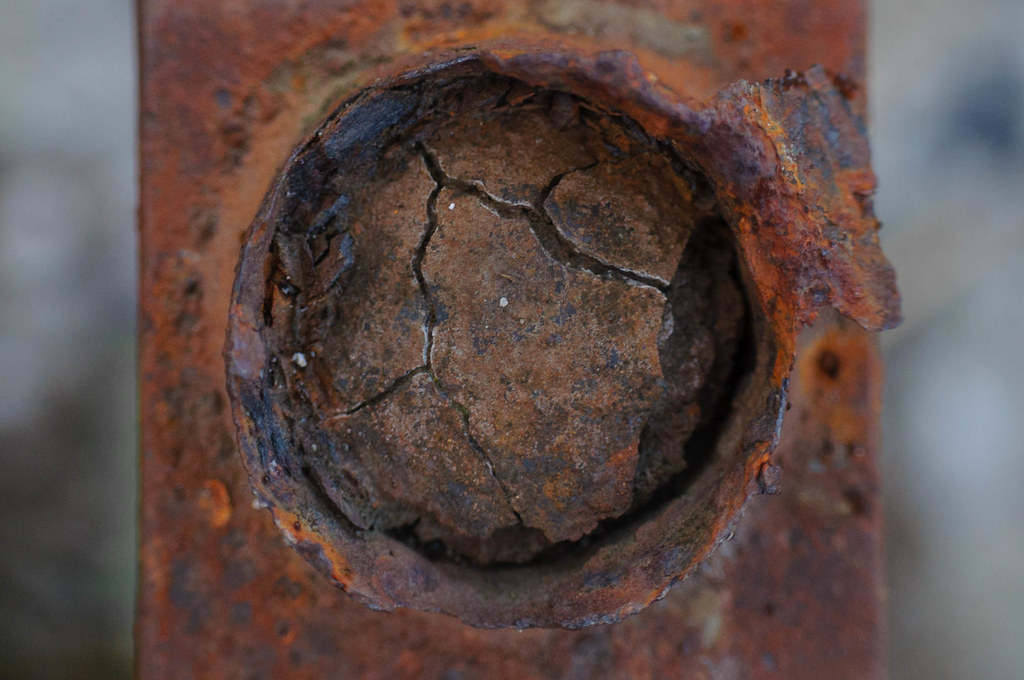
1. **The Fundamental Threat of Rust: Understanding Its Nature**
Before we can effectively combat rust, it’s absolutely crucial to grasp precisely what it is and why it poses such a significant threat to your vehicle. Scientifically known as iron oxide, rust is the product of a corrosive process that begins when iron or steel – the primary metals in most modern cars – come into contact with oxygen and moisture. This oxidation process isn’t just a surface-level phenomenon; it’s a chemical reaction that literally eats away at the metal, causing it to weaken and develop that telltale reddish-brown appearance that no car enthusiast wants to see.
This insidious process explains why cars in environments with high humidity, or those frequently exposed to road salt used to melt snow and ice, are particularly susceptible to corrosion. The constant presence of moisture, coupled with readily available oxygen, creates the perfect storm for rust to take hold and proliferate. Road salt, humidity, and rain are all major accelerators of this destructive process, intensifying the challenge for vehicle owners in certain climates.
It’s vital to understand that rust is far more than just a cosmetic blemish. While those reddish spots certainly detract from your vehicle’s appearance, the real danger lies beneath the surface. Rust can significantly compromise the structural integrity of your car, weakening crucial components and potentially leading to serious safety issues. Ignoring it means risking not only costly repairs down the line but also the very safety of your vehicle on the road. This makes a clear understanding of its development paramount for any responsible car owner.
Furthermore, the cost implications are substantial. “Understanding the automobile rust proofing ROI can lead to significant long-term savings,” the context highlights, emphasizing how proactive measures can help drivers avoid costly repairs in the future. By preventing rust, you preserve your vehicle’s value, extend its lifespan, and save yourself from the financial burden of extensive remediation efforts.
Read more about: Legends of the Open Range: Revisiting the Grit and Glory of 12 Iconic 1950s Westerns

2. **Why Early Detection is Your Best Defense Against Corrosion**
The adage ‘prevention is better than cure’ holds especially true when it comes to battling automotive rust, and the cornerstone of prevention is early detection. Recognizing the initial signs of corrosion before they escalate into widespread damage can save you immense time, effort, and expense. Rust typically initiates its destructive work in areas where water tends to accumulate, making these spots prime targets for your regular inspections.
Wheel wells are notorious hotspots, constantly exposed to road spray, dirt, and salt. The underside of your car, frequently splashed with moisture and grime, is another critical zone. Additionally, pay close attention to the edges of doors and windows, where seals can degrade and allow moisture to penetrate. These are the front lines where rust often makes its initial assault, making consistent monitoring of these areas absolutely essential for any vigilant car owner.
Regular inspections are non-negotiable, particularly after your vehicle has been subjected to harsh conditions such as heavy rainfall, driving through standing water, or exposure to road salt during winter months. Salt, in particular, dramatically accelerates rust formation by increasing the conductivity of water, thereby speeding up the electrochemical reaction that causes metal to corrode. Your post-exposure routine should always include a thorough visual check, scrutinizing the areas most prone to moisture retention.
What precisely should you be looking for during these inspections? The early indicators of potential rust damage are quite specific. Keep a keen eye out for any discoloration on the paintwork, which might appear as a slight reddish tint or a dulling of the finish. Bubbling paint is another critical warning sign; this often indicates that rust is forming underneath the paint surface, pushing it outwards. Even small rust spots, no matter how minor they seem, are clear signals that corrosion has begun and requires immediate attention. Missing these early clues can allow rust to become entrenched, making eradication far more challenging.
Read more about: The Silent Toll: What Happens to Your Car When It Sits Idle and How to Prevent It

3. **Key Rust-Prone Hotspots on Your Vehicle: Where to Look**
To effectively prevent and combat rust, it’s not enough to simply know what rust is; you must also know precisely where it’s most likely to appear on your vehicle. While rust can seemingly strike anywhere, certain areas are inherently more vulnerable due to their exposure to the elements, mechanical stress, or design characteristics. Focusing your inspections on these hotspots will allow you to be proactive and catch problems before they become severe, maximizing your vehicle’s protection.
One of the most common and critical areas to inspect are the wheel wells. These components are constantly bombarded with debris, water splash, and road salt thrown up by the tires. The constant abrasion can wear down protective coatings, exposing the bare metal beneath. Similarly, the underside of your vehicle, including the chassis and exhaust system, takes a direct hit from road contaminants and moisture, making regular cleaning and inspection of this area paramount.
Another frequent target is the underside of the doors, as well as the fender edges. These areas are susceptible to damage from minor impacts, scratches, and the accumulation of dirt and moisture. Any chip in the paint or protective layer here acts as an open invitation for rust. Furthermore, the seams of the trunk and hood are often overlooked but are prone to rust due to water pooling and the potential for sealant deterioration over time.
Beyond these exterior points, vigilance is also required around your car’s windshield and rear window. These locations are common starting points for rust due to the potential deterioration of sealant or weather stripping. As these protective layers age, they can crack or shrink, creating small gaps where moisture can seep in and remain trapped against the metal. This hidden moisture then fosters the perfect environment for rust to begin its quiet work, often unseen until it bubbles up beneath the glass or surrounding trim.
It’s also crucial to remember the potential for rust to form from the inside out, particularly in confined locations like door panels and frame rails. These areas can retain moisture that cannot easily dissipate, leading to what the context describes as “insidious” rust that may not be visible until significant damage has occurred. Regular examinations, even if they require a flashlight and a bit of maneuvering, are critical for early detection in these hidden regions. By knowing these specific hotspots, you empower yourself to conduct more focused and effective rust checks, safeguarding your vehicle’s integrity.
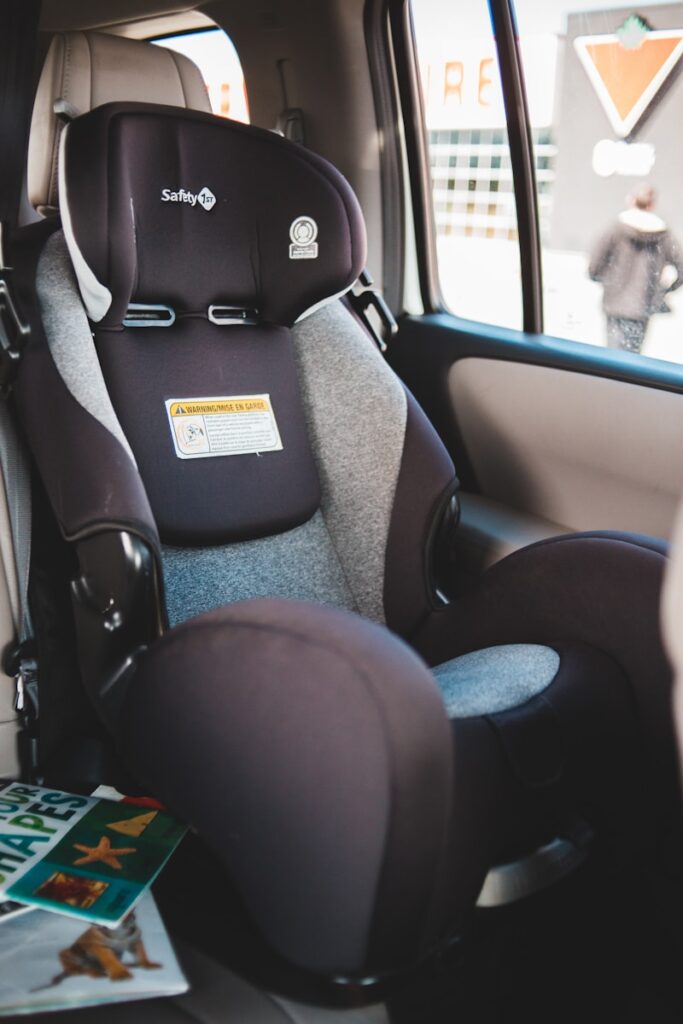
4. **The Power of Regular Cleaning and Maintenance: Your First Line of Defense**
When it comes to preventing rust, few measures are as fundamental and impactful as consistent, thorough cleaning and maintenance. This isn’t just about making your car look good; it’s about actively removing the corrosive elements that accelerate rust formation. Regular washing and waxing are, quite simply, essential for keeping rust at bay, forming a protective ritual for your vehicle’s longevity.
Dirt, road salt, grime, and other environmental debris are more than just unsightly; they are notorious for retaining moisture against your car’s paint and metal surfaces. This trapped moisture provides the ideal conditions for the oxidation process to begin and intensify. Therefore, removing these corrosive substances regularly is not merely a suggestion but a critical step in your rust prevention strategy. A clean surface means less opportunity for moisture and contaminants to linger and cause damage.
During your cleaning routine, it’s absolutely vital to pay special, focused attention to specific areas known to be rust magnets. The undercarriage, which takes the brunt of road spray and debris, should be thoroughly rinsed. Similarly, the wheel wells are constantly exposed to moisture and salt, making them popular sites for rust to form. These often-overlooked areas demand more than just a quick spray; they require a deliberate and targeted cleaning effort to ensure all corrosive elements are dislodged and washed away.
For those residing in regions with harsh winters, where road salt is frequently used, or for vehicle owners living near the seaside, where sea spray is a constant threat, more frequent washes are strongly recommended. These environments significantly accelerate the rust process, so increasing the regularity of your cleaning schedule acts as a proactive countermeasure. A weekly wash in these conditions isn’t excessive; it’s a necessity to protect your investment.
In addition to external washing, another often-missed maintenance task is verifying that the drainage holes in your vehicle’s frame are not clogged. These small but crucial openings are specifically designed to allow any water that enters the frame or other enclosed spaces to drain away naturally, preventing dangerous moisture buildup. Blocked drainage holes create stagnant water pockets, providing perfect breeding grounds for rust from the inside out. Keeping these drainage points clear, perhaps by gently using a small wire or similar tool to dislodge accumulated dirt, is a simple yet incredibly effective preventive measure that can avert significant hidden damage.
When performing your washes, it’s also worth noting that using fresh water is preferable to recycled water. Recycled water, which might be found at some car washes, can sometimes contain higher levels of minerals and pollutants that could, ironically, contribute to rust formation rather than prevent it. Always aim for the cleanest possible water source for your vehicle. Finally, and crucially, after washing your automobile, ensure you completely dry it. Special attention should be given to cracks, crevices, and other hidden spots where moisture loves to hide. Preventing water from staying reduces the risk of rust development and completes your diligent cleaning regimen.
Read more about: Demystifying Engine Bay Cleanliness: An In-Depth Look at the Core Principles of a ‘Clean’ Engine
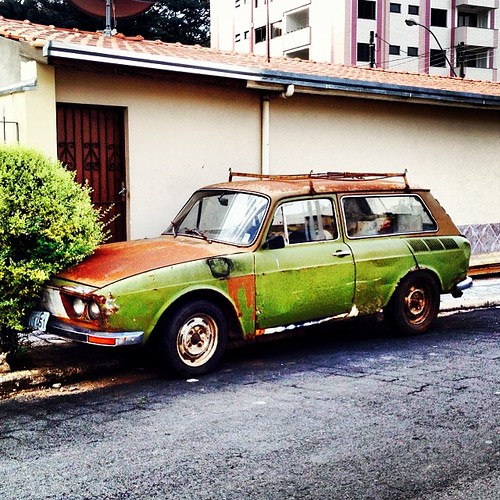
5. **Implementing Robust Protective Coatings: Building a Shield Against Corrosion**
While diligent cleaning forms the first layer of defense against rust, robust protective coatings and sealers are indispensable for creating a durable barrier between your vehicle’s metal and the corrosive external environment. Applying these specialized products to the undercarriage and other rust-prone areas can considerably minimize the danger of corrosion, extending the life and preserving the aesthetic appeal of your car.
Think of these coatings as an invisible shield, designed to repel moisture, salt, and other damaging agents that constantly assault your vehicle. An undercoating, specifically, provides a resilient layer that protects the vulnerable underside of your car, which is constantly exposed to road grime, rocks, and environmental humidity. This added protection is particularly valuable in climates where harsh weather conditions are common, as it offers a robust defense against the accelerants of rust.
Many discerning car owners also incorporate rust inhibitors into their maintenance routine. These are specialized chemicals that can be strategically sprayed onto metal surfaces. Their function is to prevent rusting by interrupting the chemical reaction between metal, oxygen, and moisture. Rust inhibitors act as a chemical deterrent, creating an environment where corrosion simply cannot thrive, even if the metal is exposed to some degree of moisture. Their application can be a powerful supplementary measure to physical coatings.
The integrity of your car’s factory paint and any applied protective coatings is paramount. Chips or cracks in these layers are not just cosmetic flaws; they are direct gateways for moisture and oxygen to reach the bare metal beneath, instantly creating a prime spot for rust to begin. Therefore, regular inspections of your paintwork and coatings for any signs of damage are absolutely essential. Any nicks, scratches, or minor abrasions should be addressed promptly with touch-ups. This simple act of repair can seal off potential entry points for corrosion, preventing a small chip from becoming a much larger, more expensive rust problem down the line.

6. **Beyond Coatings: Specialized Rust-Proofing Sprays for Comprehensive Protection**
While general coatings and sealants provide an excellent baseline for rust protection, specialized rust-proofing sprays offer an advanced tier of defense, meticulously formulated for vehicles. These products go beyond the basic barrier, engineered to provide more permanent and penetrating protection against the most persistent corrosive elements. Their application is a strategic investment in your vehicle’s long-term health, particularly in areas where traditional methods might fall short.
These specialized sprays are frequently applied to the vehicle’s underbody and other critical, often hard-to-reach locations. Unlike some general sealants, high-quality rust-proofing agents are designed to achieve deep penetration into metal cracks and joints. These intricate crevices are notoriously difficult to access with standard cleaning or coating methods, yet they are precisely the spots most prone to retaining moisture and initiating rust. A product that can seep into these hidden areas ensures comprehensive coverage, leaving fewer vulnerabilities for corrosion to exploit.
Crucially, some of these advanced rust-proofing products contain active inhibitors. These powerful components don’t just create a barrier; they can actually convert existing rust into a stable, inert substance, effectively halting the corrosion process in its tracks. This dual-action capability—preventing new rust while neutralizing nascent corrosion—makes them incredibly valuable. By chemically transforming the early signs of rust, they prevent it from spreading further and compromising the metal’s integrity.
To ensure these sophisticated treatments remain effective, correct application is absolutely critical, as is adherence to the manufacturer’s recommended reapplication schedule. Improper application can significantly diminish their protective capabilities, leaving your vehicle exposed despite your efforts. For this reason, professional application is frequently recommended. Experts possess the specialized equipment and knowledge to ensure complete coverage, especially in complex underbody structures and enclosed areas, thereby maximizing the protection and longevity afforded by these advanced rust-proofing solutions.
Now that we’ve covered the fundamentals of rust and established strong proactive measures, it’s time to equip you with advanced strategies. We’ll delve into how to tackle existing corrosion, explore smarter material choices for repairs, and master environmental controls to ensure your vehicle enjoys a long, rust-free life. This isn’t just about patching problems; it’s about investing in the enduring health and resilience of your automotive companion.
7. **Addressing Existing Rust: DIY Solutions for Minor Spots**
Even with the most diligent prevention, sometimes a tiny spot of rust might appear. The critical takeaway here is to act swiftly! Minor rust spots, if caught early, are often manageable with a hands-on approach, saving you a trip to the repair shop and preventing the problem from escalating into something more serious. It’s about empowering you to be the first responder in the fight against corrosion.
The first step in this DIY battle involves preparing the affected area. This typically entails sanding down the damaged region. Your goal is to remove all visible traces of the reddish-brown corrosion, getting right down to the bare, unblemished metal underneath. Using a wire brush or sandpaper, work carefully to ensure you’ve eradicated every speck of rust, creating a clean canvas for the next stages of repair.
Once the surface is clean and smooth, it’s time to apply a rust inhibitor. This specialized product acts chemically to neutralize any microscopic rust particles you might have missed and creates an inert layer that resists future corrosion. Following the inhibitor, a good quality primer should be applied. This not only prepares the surface for paint adhesion but also adds another layer of defense. Finally, apply matching paint to seal the area, restoring both the aesthetic appeal and the protective barrier of your vehicle.
Read more about: Beyond the Showroom Shine: Why Some Vans Rust Fast and 10 Expert Strategies to Conquer Corrosion Before Winter

8. **When to Call the Pros: Professional Interventions for Significant Corrosion**
While minor surface rust can often be handled at home, there comes a point where the damage requires expert hands. For bigger regions of corrosion or instances where the rust has progressed beyond superficial spots, professional assistance is not just recommended, but often essential. Ignoring significant rust can lead to far greater problems, compromising both your vehicle’s structural integrity and your safety on the road.
An expert assessment is paramount in these situations. The degree of the damage must be thoroughly evaluated by a professional who can determine if the rust has permeated deeply into the metal. Rust on important components such as the frame or suspension parts, for example, can cause serious safety issues, making professional attention absolutely necessary. An expert can accurately decide whether a damaged part requires repair or complete replacement, ensuring the right course of action is taken.
When repairing corroded parts, professionals often utilize materials like galvanized or stainless steel components. These materials are inherently more rust-resistant than standard steel, offering a long-term solution and reducing the likelihood of future corrosion in the repaired area. Furthermore, after repairing or replacing rusted portions, it is critical to regularly inspect these regions. The surrounding metal, even if seemingly unaffected, may be more prone to future rust growth, necessitating ongoing vigilance to maintain the vehicle’s safety and performance.

9. **Long-Term Health: Strategic Parking and Environmental Control**
True rust prevention extends beyond just coatings and sprays; it involves adopting smart habits and controlling your vehicle’s environment. Think of it as a comprehensive lifestyle approach to automotive health. These simple, yet impactful, strategies can dramatically reduce your car’s exposure to corrosive elements and secure its long-term wellbeing.
One of the most effective preventive techniques is strategic parking. Whenever possible, park your car in a garage or a covered location. This simple act shields your vehicle from direct exposure to rain, snow, and the corrosive moisture that the elements can bring. Avoiding driving through heavy puddles or standing water is also key, as this minimizes the splashing of contaminants onto your undercarriage and other vulnerable areas, preventing moisture retention.
For vehicle owners who reside in high-humidity locations or near coastlines, where sea spray is a constant threat, actively controlling the garage environment can be a game-changer. Installing a dehumidifier in your garage can significantly assist in reducing moisture levels in the air, thereby lowering the risk of rust formation. This creates a drier, less corrosive atmosphere for your vehicle when it’s parked.
It’s also a good idea to avoid parking on grass or soil for long periods. These surfaces can trap moisture and create a humid atmosphere directly beneath your vehicle, accelerating the rusting process on the undercarriage. Opting for paved or concrete surfaces ensures better drainage and reduces localized humidity, further safeguarding your vehicle against the insidious spread of corrosion.
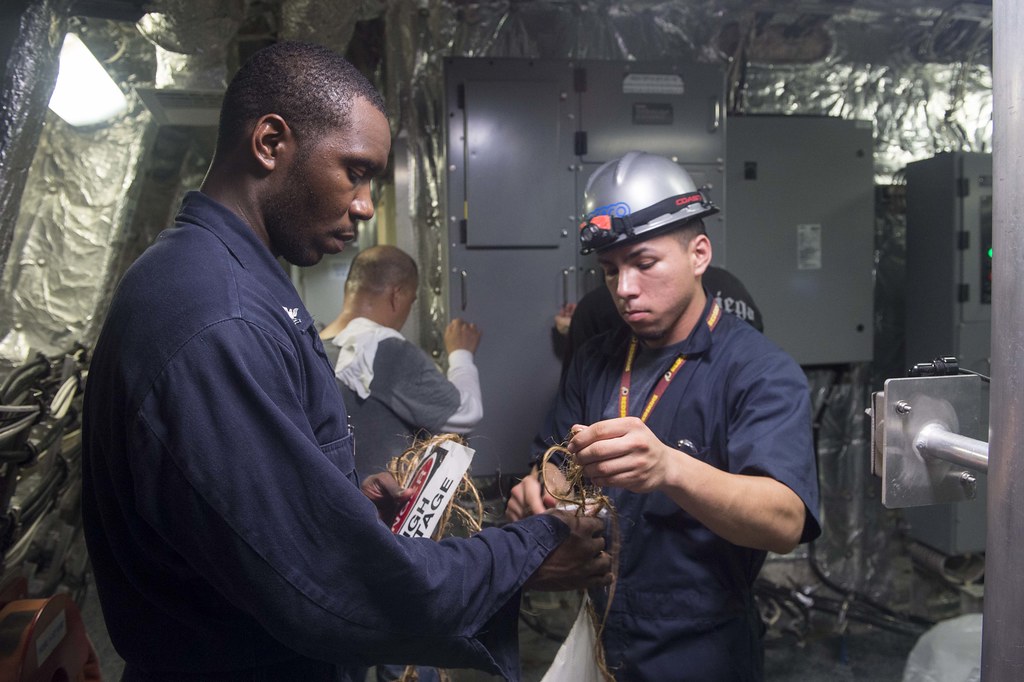
10. **Advanced Prevention: Harnessing Vapor Corrosion Inhibitors (VCIs)**
Beyond traditional coatings and regular maintenance, some advanced strategies offer an extra layer of protection, particularly for those hard-to-reach areas of your vehicle. One such successful preventive technique is the use of Vapor Corrosion Inhibitors, or VCIs. These aren’t your typical sprays; they represent a cutting-edge approach to rust prevention.
VCIs are specialized chemicals that can be strategically placed in enclosed sections of a car, such as beneath the hood, within door panels, or in the trunk. Once deployed, these inhibitors gradually release a compound into the air. This compound then forms a protective molecular coating on all metal surfaces it comes into contact with within that enclosed space, regardless of its shape or accessibility.
The genius of VCIs lies in their ability to suppress the electrochemical reactions that are the very cause of rust. By creating this invisible, protective layer, they effectively halt the corrosion process before it can even begin. This makes VCIs especially useful for covering areas of a vehicle that are difficult to reach with traditional sprays and coatings, providing comprehensive, ‘inside-out’ protection for complex internal structures where moisture can easily get trapped.
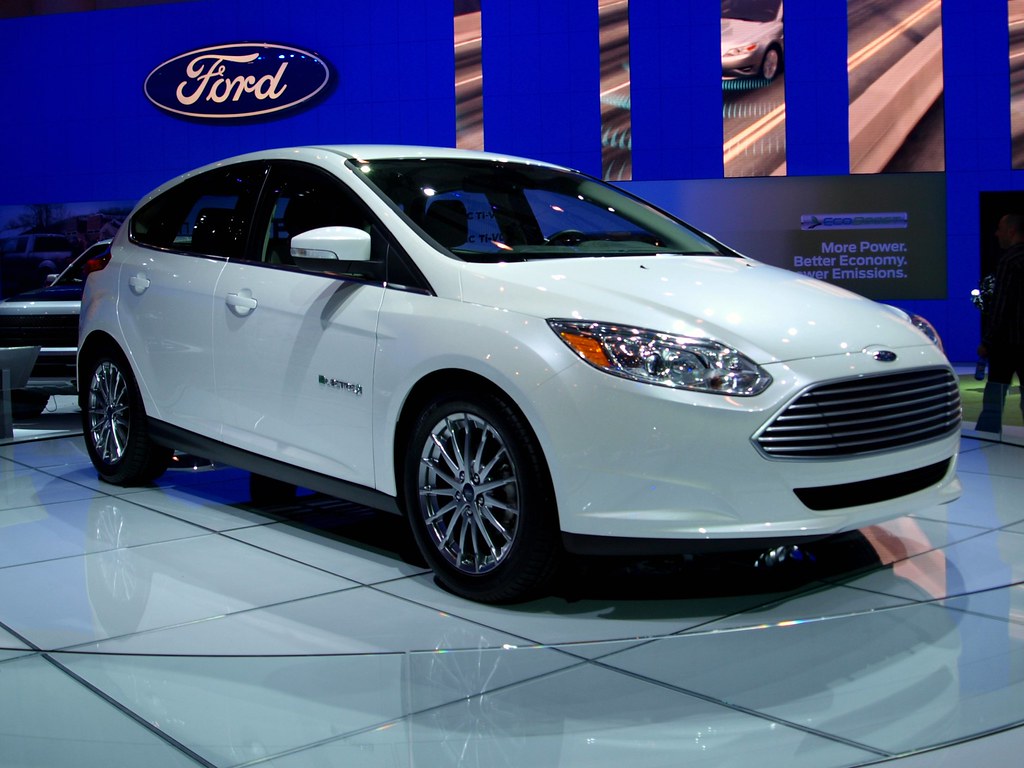
11. **Sustaining Your Vehicle’s Defense: Ongoing Vigilance and Proactive Habits**
Ultimately, the most effective strategy against automotive rust isn’t a one-time fix, but rather a continuous commitment to vigilance and proactive habits. Rust, after all, is a relentless adversary that never truly sleeps. Integrating these advanced strategies and consistent monitoring into your car care routine is paramount for ensuring your vehicle’s long-term health and maintaining its value.
This includes regularly examining your car, particularly after it has been exposed to harsh circumstances like heavy rain, road salt, or extended periods in humid environments. A quick, yet thorough, visual check can often reveal nascent signs of corrosion that, if addressed promptly, can prevent a minor issue from spiraling into significant and costly damage. Your keen eye is your most powerful tool.
Remember, identifying and treating early indicators of automotive rust is not just an important part of vehicle maintenance; it’s a vital component of responsible ownership. Regular inspections, appropriate cleaning, and consistent preventive measures are the cornerstones of keeping rust at bay. If rust does form, treating it right away can prevent more significant damage and preserve both your vehicle’s safety and performance.
By embracing this comprehensive approach, you empower yourself to extend the lifespan of your cherished vehicle, maintain its aesthetic appeal, and safeguard its structural integrity for countless miles to come. Turning you into a proactive guardian against the elements, ensuring your investment remains a source of pride rather than a source of worry. It’s about driving smarter, and longer.

